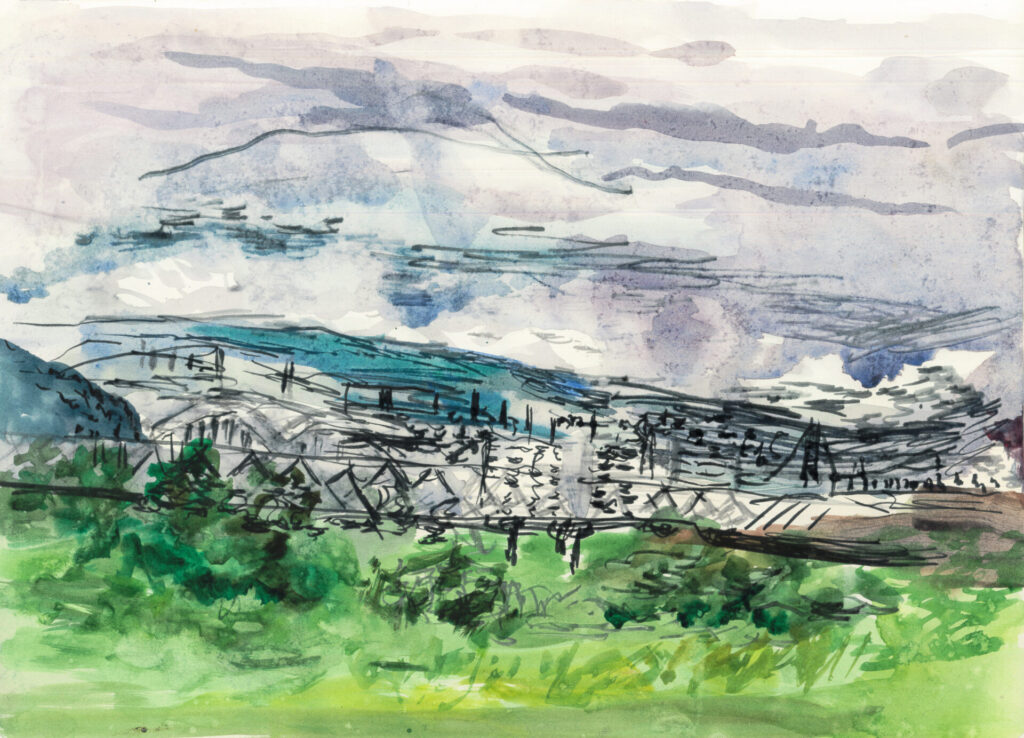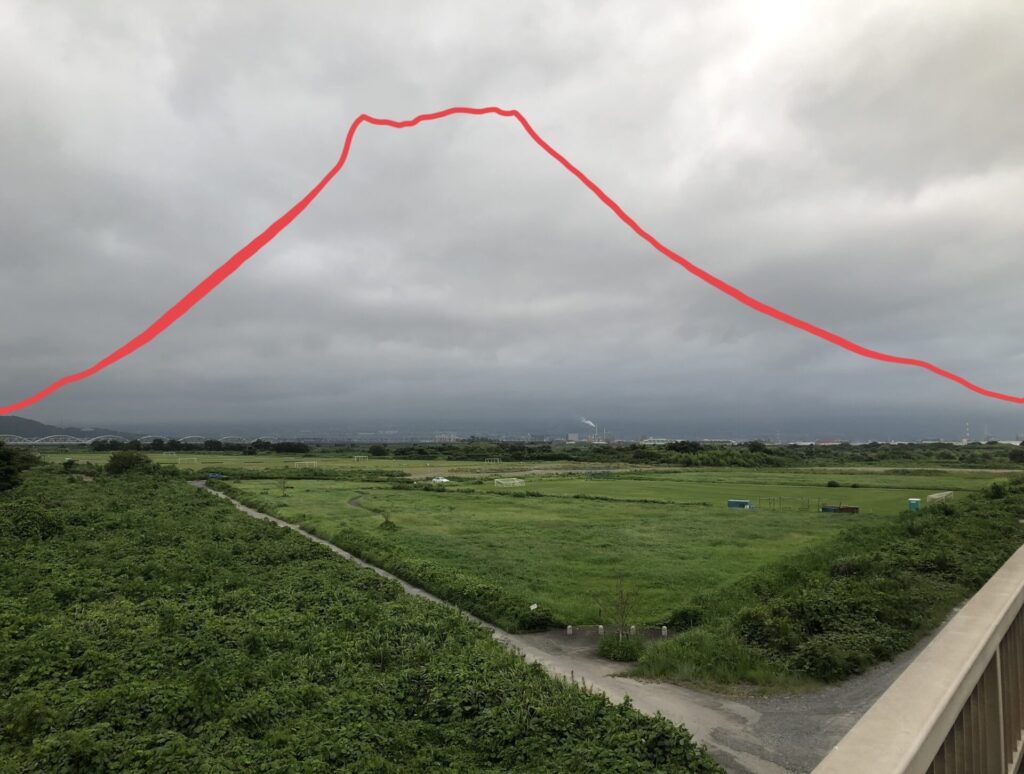
The Real Fuji
Recently I spent a month living in Fuji (the city, not the mountain).
After moving to a new sales division, I had post-transfer training at a company factory there in 35℃ heat.
Standing at the factory floor in that heat, I thought I would lose some weight from the constant sweating. Unfortunately I actually gained weight, as there was nothing around my accommodation except convenience stores, where I found myself frequently buying cakes on my way home. (I would like to think of that, with nostalgic fondness, as a remnant of my British upbringing, but really I just have a very sweet tooth).
A month on a futon on the floor, despite the supposed health benefits, is not the most pleasant experience if you are used to a comfy springed mattress, and my body was aching all over after a little while.
Of course, going to Fuji, Mt. Fuji is the first thing you think of.
The summer in Shizuoka prefecture, where Fuji is situated, is incredibly humid, and going from standing next to furnaces on the factory floor in working hours, to painting outside in the summer heat in my free time, made me question my sanity slightly. It was a slight struggle to convince myself to leave the air conditioned oasis of my tiny company rented flat to go back outside, but, with my artist’s cap on, I knew that I couldn’t go to live in Fuji and come back without having tried to paint the most symbolic mountain in Japan, and perhaps the world.
In the end I found that was easier said than done, as even from Fuji itself being able to see Mt. Fuji in the summer is quite a rare event!
A typical part of working life in Japan, just the fact of me being posted to Fuji for a month meant several bouts of necessary drinking: welcome, social, and farewell dos. This left me little time to do much else in my free time, but I did manage to get out to paint Mt. Fuji four times. All four times, it was completely covered in cloud.
Whenever you see paintings or pictures of Mt. Fuji, you never think about all the times the artists who made them came up against walls of concealing cloud. I thought about the fact that actually, the Mt. Fuji you don’t see is still there in the clouds, and decided to try painting Fuji (from spots where you should be able to see it), regardless of whether I could see the mountain or not.
In a way, images in which you don’t see the mountain, are also pieces of important visual context, which represent the real Fuji.
To be honest though, sometimes Mt. Fuji was so concealed by the cloud, (sometimes it looked as if it had never been there at all), that the scenery seemed quite without flavor, and I couldn’t find the motivation and visual interest to finish off pictures of what pretty much amounted to monotone cloud and greenery.
The result was that I painted a very cloudy Fuji facing Mt. Fuji twice, the opposite side to the mountain (probably the coast facing Izu), and Atami, a coastal town in the region, once each.
I was sad that I didn’t manage to paint Fuji more, but I am fully intent on giving it another stab (clouds and all), if I find another chance to.
The Real Fuji (Sketch), Watercolor and Ink Pen on A4:

The Real Fuji (Sketch), Watercolor on A4:

Opposite Fuji (Sketch), Watercolor and Pencil on A4:

Atami (Sketch), Watercolor on A4:

The Fuji I should have been able to see…:



